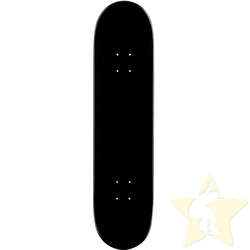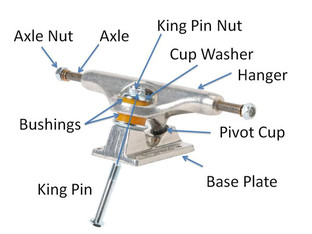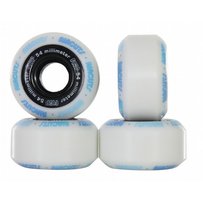|
Skateboarding is more than just being able to do cool flips on a skateboard and impressing your friends. Physics plays a big factor in doing those cool tricks!
What is a skateboard? A skateboard is made up of three parts: the deck, the trucks which connects the wheels to the board and last off, the wheels. There are two types of decks: concave curved and plan form. The shape of the concave curved deck was designed with concave curves to allow the skater to maintain control and to keep the board sturdy. The plan form focuses more on the shape/outline of the board. Why does physics matter in the skateboard design? The trucks on a skateboard can be loosened or tightened depending on how easily or more difficult you want to make it to turn on the skateboard, it's decided upon personal comfort level. The wheels on a skateboard are consisted of urethane, which is a material with properties are so energy loss is minimal. When pressure is added to the urethane wheels, they flatten then return to their normal shape. They are made out of this material to conserve momentum when skateboarding and energy loss will be somewhat negligible due to losing shape of the wheels. The skateboard acts as a compound machine because it's made up of two simple machines. One of which are the trucks and wheels. In our case, the deck is the lever and the trucks imitate fulcrums. The skateboarder applies pressure to the trucks and gives/releases pressure on the levers. Second, the wheels and the axles are also examples of simple machines. They help the skater ride, spin, grind, and do a bunch of other radical movements on a skateboard. |


